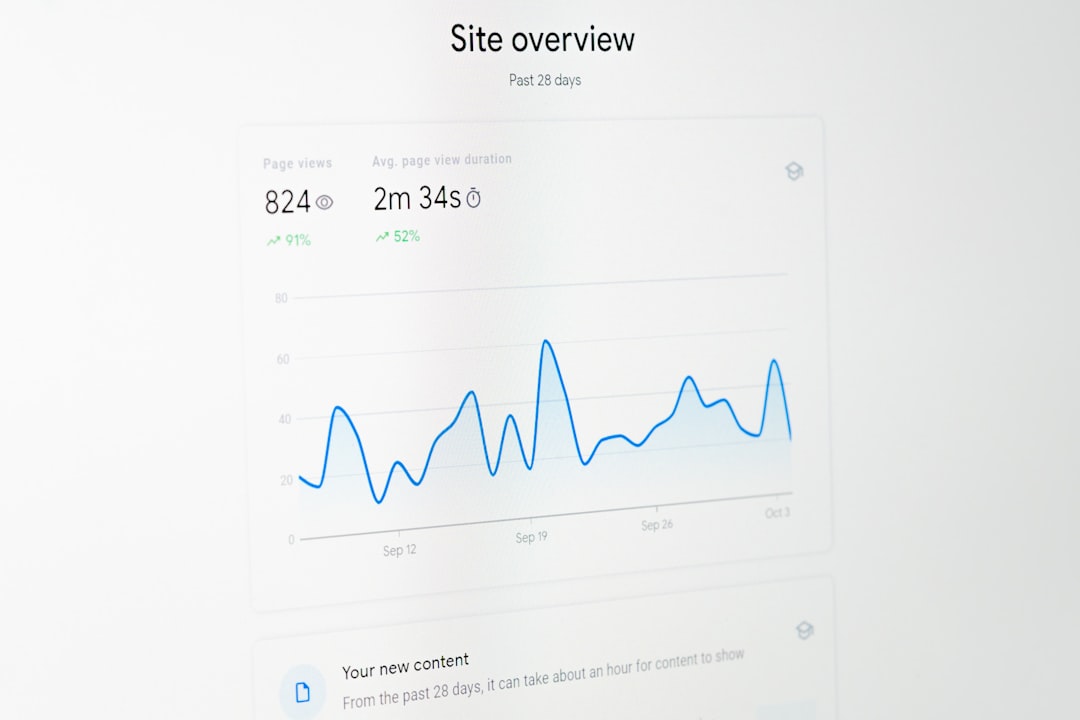In the digital age, where users expect lightning-fast access to information and flawless website experiences, the type of search functionality offered on a site plays a crucial role. The ongoing debate between deep search and basic search isn’t just a feature comparison—it’s about what enhances user experience (UX) and supports search engine optimization (SEO). Understanding these differences can help businesses and web developers make informed decisions to improve website performance, usability, and discoverability.
What is Basic Search?
Basic search, sometimes referred to as shallow search, typically refers to a simple keyword-matching system. It’s the most straightforward form of on-site search, allowing users to query terms and return results based on tag alignment, page titles, or brief descriptions. This form of search is often found on smaller websites or blogs with limited content.
Features of basic search include:
- Searches only titles, headings, or specific fields
- Limited filtering and sorting options
- No understanding of search intent or synonyms
- Faster to implement and requires less computing resources
While it’s easy to deploy, a basic search may frustrate users when they cannot find what they need quickly, especially on larger websites or eCommerce platforms with hundreds or thousands of pages.
What is Deep Search?
Deep search uses advanced technologies such as natural language processing (NLP), semantic analysis, and machine learning to interpret user queries and return more relevant results. It accommodates typos, understands context, and even identifies synonyms or related queries.
Key functionalities of deep search include:
- Analyzes the full content of web pages, not just meta data
- Predicts user intent using AI-driven algorithms
- Provides advanced filtering and categorization tools
- Delivers personalized results based on user behavior
Deep search is designed to handle complex queries and produce context-rich results that feel intuitive to users, improving satisfaction and potentially increasing conversions.

User Experience: Deep vs. Basic Search
User experience is one of the most significant differentiators between deep and basic search. A high-functioning deep search system improves UX in the following ways:
- Faster Information Retrieval: Users can quickly find what they’re looking for without navigating endless menus or scrolling through irrelevant results.
- Greater Relevance: Context-aware search results adapt to the user’s past behavior, personalization preferences, or session history.
- Error Tolerance: Deep search can handle variations in spelling, grammar, and slang, which is crucial for mobile users relying on voice commands or autocorrect.
In contrast, basic search systems may miss the mark by offering irrelevant results or simply stating “no results found,” leading to user frustration and potentially increased bounce rates.
SEO Implications
While SEO traditionally relates to how external search engines like Google rank a site, internal search capabilities also have significant indirect effects on SEO. Here’s how deep and basic search compare from an optimization standpoint:
Impact of Deep Search on SEO
- Improved Dwell Time: When users find relevant content more easily, they stay longer and interact more, which are behavioral signals that search engines interpret positively.
- Lower Bounce Rates: A more satisfying on-site search experience keeps users engaged, reducing bounce rates and signaling content value to search engines.
- Rich Metadata Generation: Advanced search engines often create logs and user behavior data that can help in optimizing site structure and keyword strategy.

Impact of Basic Search on SEO
- Limited Insights: Basic search provides minimal user data, making it harder to refine SEO strategies.
- Potential for High Exit Rates: Poor internal search leads to poor UX, which indirectly affects SEO by signaling low content relevance or satisfaction to search engines.
Use Case Scenarios
Different businesses require different search capabilities depending on their size, industry, and objectives. Here’s where deep and basic search make sense:
When Basic Search is Enough
- Small blogs or personal websites with fewer than 50 pages
- Informational sites with static content and low search volume
- Low-budget sites where resources are limited
When Deep Search is Essential
- Large eCommerce platforms with extensive product catalogs
- Educational or knowledge-base websites with expansive documentation
- Enterprise applications where productivity depends on fast access to internal resources
Integration and Customization
Integrating deep search often requires more effort and expertise, but modern plugins and SaaS platforms make implementation more accessible than ever. With customizable APIs and dashboard analytics, businesses can fine-tune results and gain insights into what users are actually searching for.
On the flip side, basic search is usually included in website CMS platforms out-of-the-box, requiring little or no setup apart from toggling a widget or adding a shortcode.
Why UX and SEO Must Work Together
Great UX naturally complements SEO. Google’s ranking algorithms take user interactions into account, which means a positive on-site experience can enhance a website’s visibility and authority. Deep search plays a critical part in this harmonious relationship by enabling users to find specific content quickly and effectively.
Beyond that, deep search contributes to a better understanding of what users want. This information can improve not only content SEO but also product development, customer service, and marketing strategies.

Conclusion
Choosing between deep and basic search isn’t just about technical capabilities—it’s about prioritizing the overall user experience and ensuring your platform grows in tandem with user expectations. For businesses aiming to boost both UX and SEO, investing in deep search systems offers measurable benefits in engagement, retention, and discoverability.
However, for smaller projects or niche sites with limited content and resources, a basic search may still serve adequately. The key is to evaluate based on your site’s goals, content volume, and the expectations of your target audience.
FAQ
-
What is deep search?
Deep search refers to advanced search functionality that uses AI, NLP, and contextual understanding to deliver highly relevant query results. -
How does basic search differ from deep search?
Basic search relies on keywords and limited indexed fields like titles or tags, whereas deep search analyzes full content and interprets search intent. -
Does deep search improve SEO directly?
While deep search doesn’t affect SEO ranking factors directly, it enhances behavioral metrics like dwell time and bounce rate, which influence SEO indirectly. -
Is deep search worth the investment?
For content-rich or eCommerce sites, deep search significantly boosts user experience and can lead to higher conversion rates, making it a worthy investment. -
Can I upgrade from basic to deep search later?
Yes, many platforms offer scalable search solutions where basic functions can be upgraded to deep search capabilities with additional plugins or subscriptions. -
What platforms support deep search?
Platforms such as Algolia, Elasticsearch, and Apache Solr offer robust deep search capabilities and can be integrated with most CMS systems and websites.

